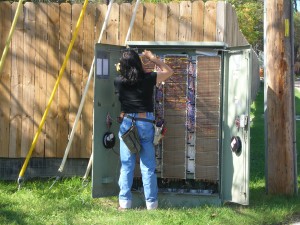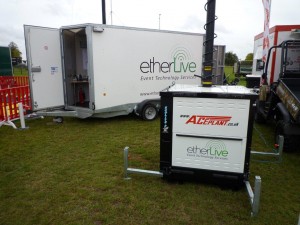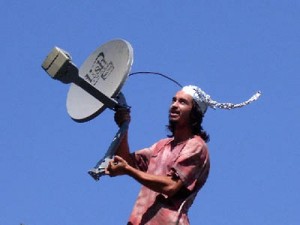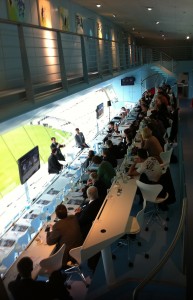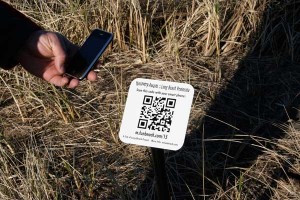If you are attending the Event Production Show on Wednesday 1st and Thursday 2nd of February at Olympia you may be surprised to find Etherlive do not have a stand as in previous years. This year our approach to trade shows is different, evolving from feedback and activity undertaken during the last year.
In broad terms we are moving away from a traditional trade show approach (we will still be attending the Showman’s Show) to focus our efforts on more direct interaction with customers and potential customers – taking the form of involvement with forums and working groups such as the ESSA Wi-Fi Working Group, the HBAA Forum and the AIF. Alongside this we will continue to expand our own technology forum – The Gathering – to work with customers, suppliers and technology partners to understand, discuss and resolve the technology challenges important to event organisers, production managers and venues.
The reasoning behind this is simple, we strongly believe in partnering with customers and suppliers to deliver the best solutions for the industry and our investment in working directly and interactively with the industry delivers much more value to everyone involved rather than a simple ‘shop front’ approach at trade shows.
We will still be at the Event Production Show – we are chairing the Access Session ‘Plastic Passion’ around RFID/cashless payment technology and will be involved with the ESSA Wi-Fi forum. Etherlive people (Tom, Mike, Steve, Chris) will also be having a number of customer meetings at the show and if you would like to arrange an informal chat over coffee please do drop us an email at eps@www.etherlive.co.uk or send a tweet to @etherlive and we will arrange a time to meet up.


